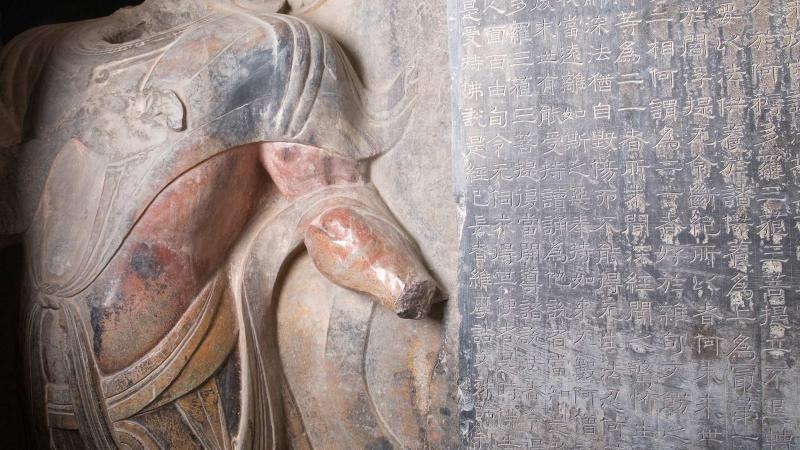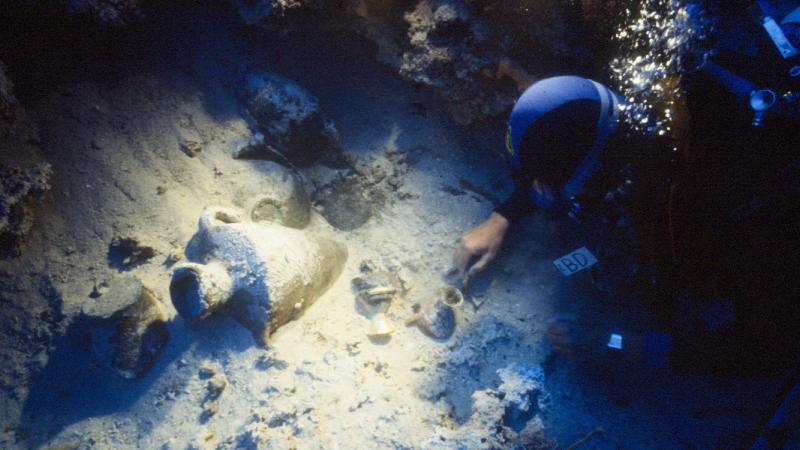Thousands of years from now, when our descendants are sifting through the artifacts of 21st-century civilization, what will they be looking at? The Washington Monument is likely to prove as durable as the Arch of Constantine, and technology lets us consign lip dub videos to a medium that may outlast the Gutenberg Bible. Our more prosaic data will be the true prize, however. Future excavators will be able to reconstruct daily life from witness depositions and estate records, to say nothing of chat transcripts. The written word, no matter how mundane, is key.
But what if a society being interrogated had no written words—and their mode of expression was itself a kind of elaborate lock? So it is with the Inca and their endlessly enigmatic counting tool, the quipu. The device comprises a series of colored cords hanging from a topmost strand. Tied into the pendant cords are a variety of knots that, depending on their type and position, encode various pieces of information, including values from a base-ten numbering scheme. Perhaps the mightiest empire of the New World, located in what is now Peru, substituted talking knots for an alphabet.
“If we want to understand the Inca from their own point of view, the only sources available to us—i.e., the only ‘primary sources’—are the quipus,” writes anthropologist Gary Urton. A Harvard professor of pre-Columbian studies, Urton received $4,750 from NEH in 1993 to study the world’s largest archives of both quipu samples and Spanish documentation from the New World. Two grants of $30,000 each followed, which helped support the research that has made him an authority on the mysterious objects and their function. “I am studying the quipus,” he said, “in an effort to recuperate the Inca viewpoint on their world.”
That viewpoint was imperiled following the arrival of Spanish colonizers, led by Francisco Pizarro in 1526. The Inca were conquered, subjugated, and often enslaved. Wave after wave of European diseases killed off many of those who weren’t slain in battle. Only centuries later did we gain an appreciation of the people extinguished by the conquistadors’ swords. The site of Machu Pichu, located in the Inca heartland of Peru, is today one of the most visited attractions in South America, and examples of the sophisticated culture’s textile and ceramic output fill museums.
Quipus tell a story that is no less important: They were critical instruments of factotums and bureaucrats, an imperial language of record-keeping that helped tally censuses and tribute payments from far-flung communities to the capital city of Cuzco. Urton and others believe that some could contain even more complex ciphers, such as narrative histories or the names of deities. Unfortunately, their messages have frustrated modern interpreters. Though the Spanish transcribed a small number of quipu readings, none of them match the roughly 870 samples that still survive. The search goes on for the “Rosetta quipu,” as Urton puts it. If one could be found, it would represent more than an anthropological coup—it would forever unfasten the knot of a language lost to time.
Written by Kevin Mahnken, a senior fellow at The 74.


